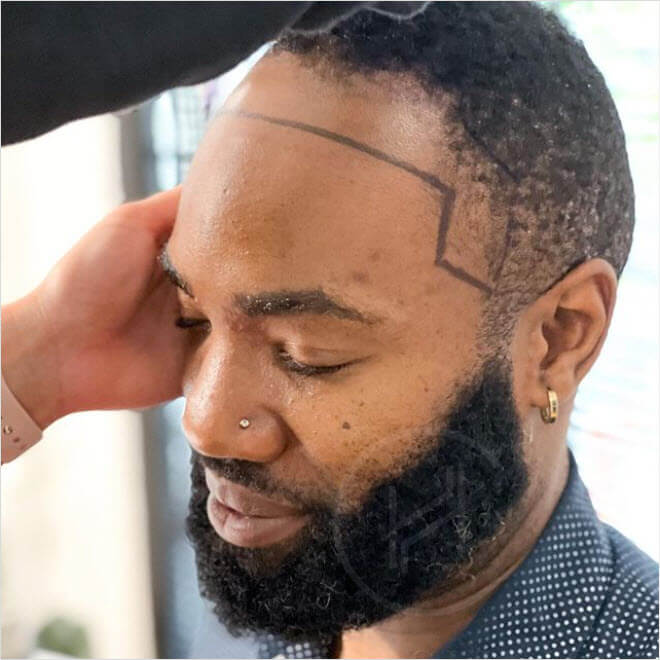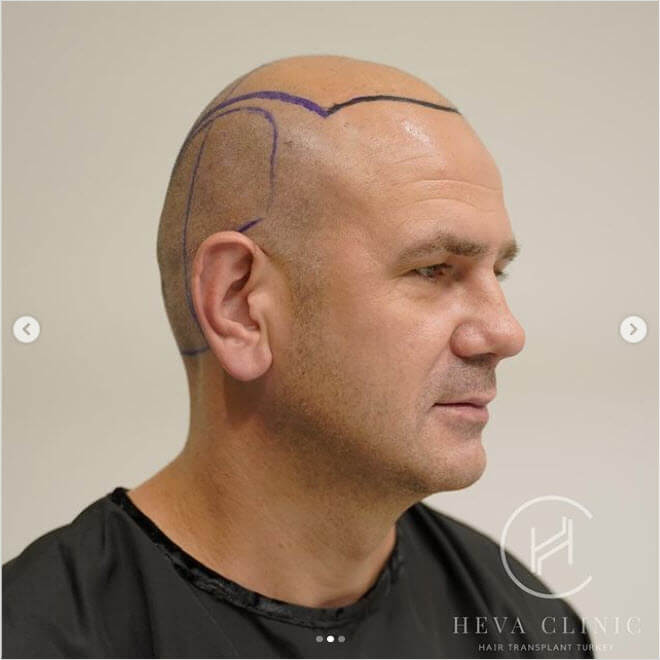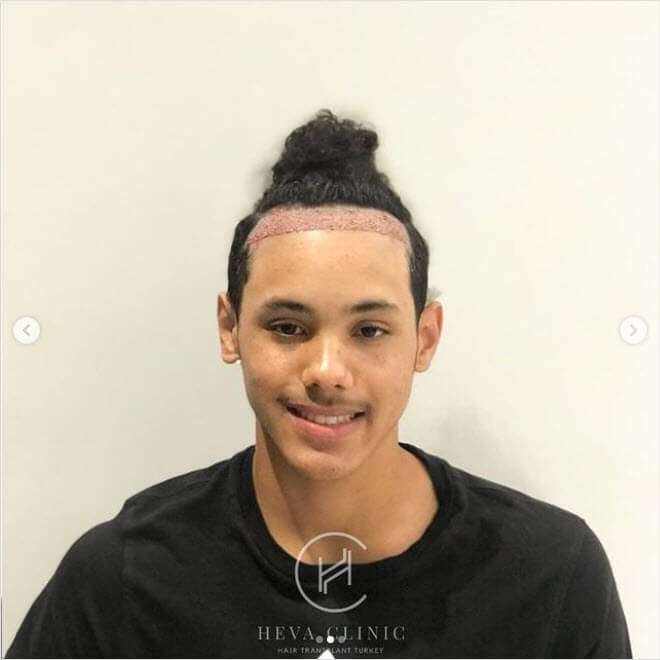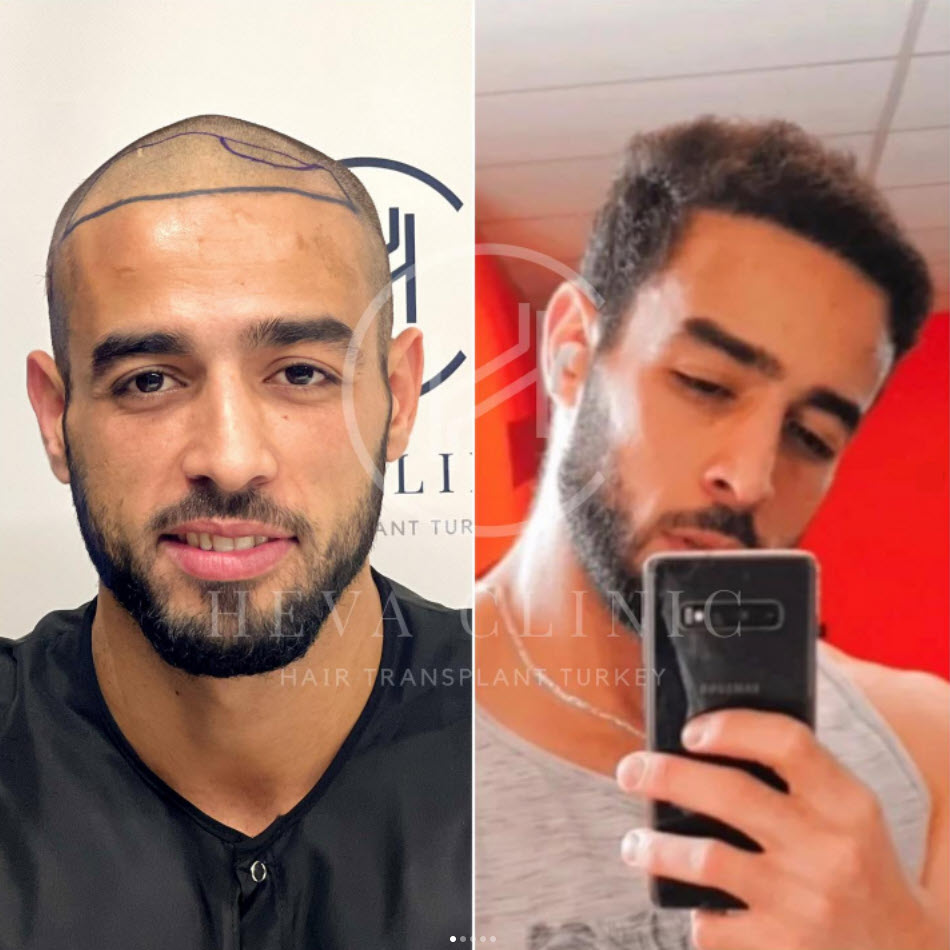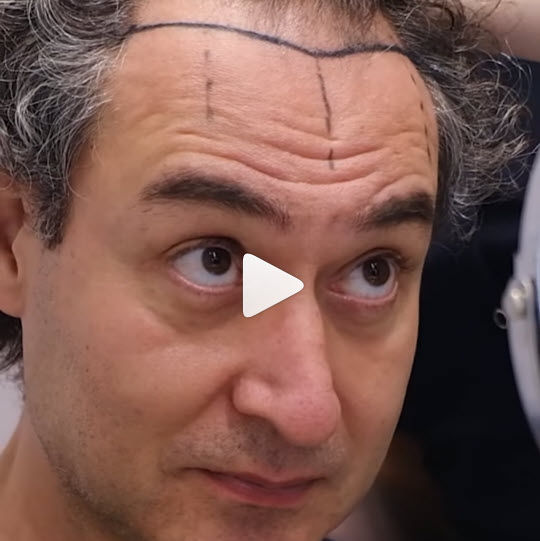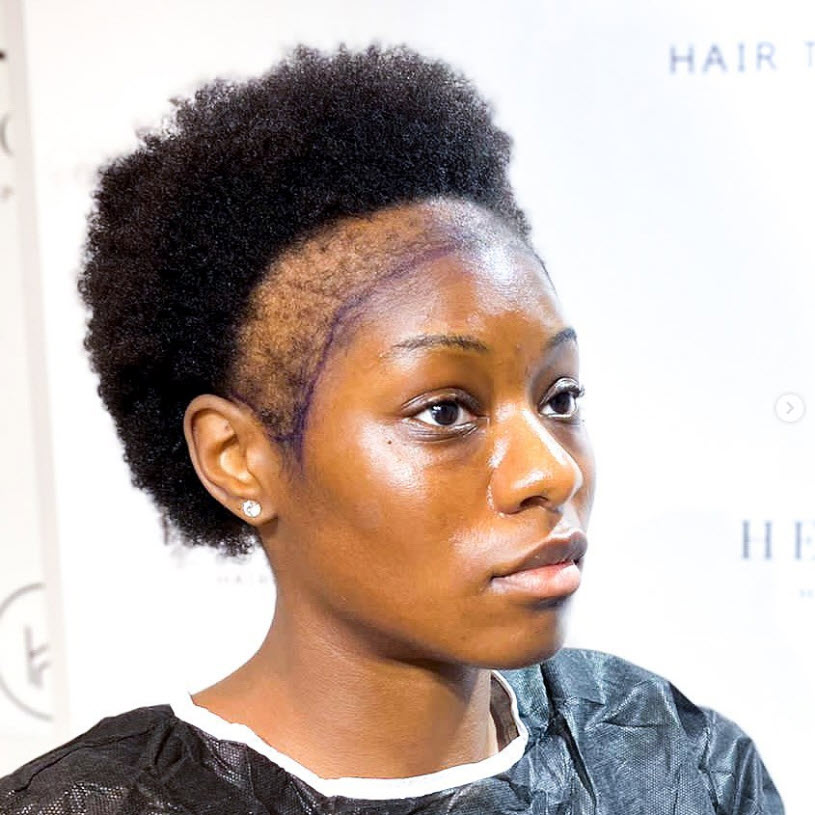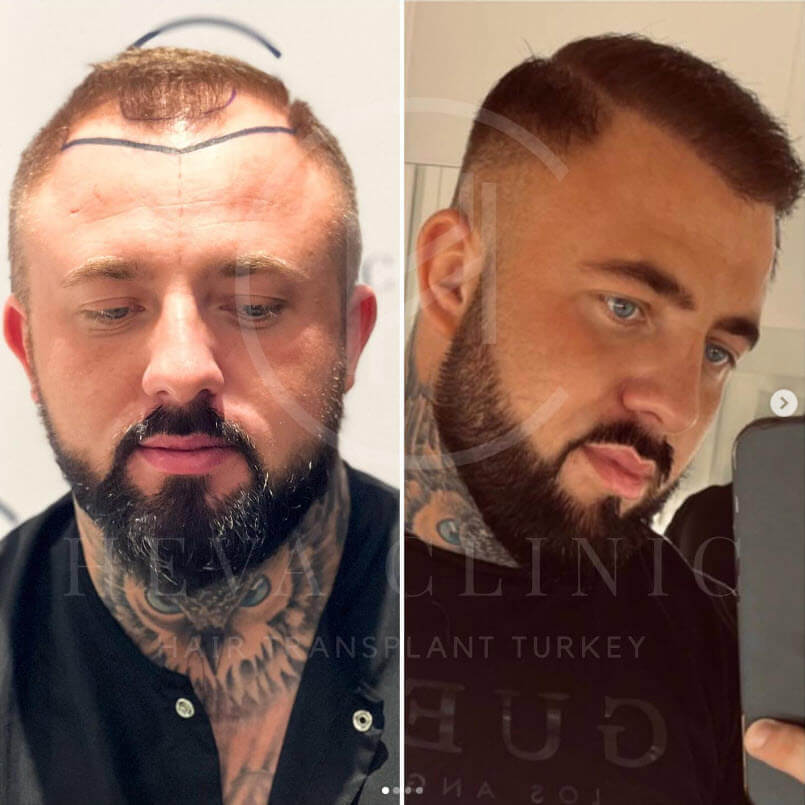
Hair transplant surgery is a popular option among people suffering from baldness and extreme hair loss. This treatment is preferred because of the permanent and natural-looking results as well as the proven success record.
However, a hair transplant is still a surgery which can put off some people. Many patients are reluctant to go under surgical treatment for the sake of achieving a better hair appearance. If you are also hesitant about going through surgery, you might be looking for alternatives to hair transplant surgery. Luckily, there are 6 options you can choose from.
Here we have gone over your alternatives to hair transplant to give you an idea about what else you can do.
What are the non-surgical hair loss treatments alternative to a hair transplant?
As we have mentioned, one of the main reasons people stay away from a hair transplant is that they want to avoid getting full-blown surgery. So, many people opt for non-surgical hair loss treatments alternative to a hair transplant. Here are 5 non-surgical options you can choose from.
![]()
1- Medications
Medications can provide a huge boost for hair growth or inhibit hair loss by interfering with the biological processes causing hair loss. In terms of medication, two options are extremely popular in hair loss treatment. These are finasteride and minoxidil.
1.1- Finasteride
Finasteride is a commonly used medication, especially in the case of male pattern baldness. This medication blocks the action of 5-alpha-reductase which is an enzyme that converts testosterone into dihydrotestosterone (DHT). DHT is known for causing hair loss and enlarged prostate size. By inhibiting the production of DHT, finasteride slows down hair loss.
How effective is Finasteride?
Finasteride is an effective treatment that can benefit patients suffering from male pattern baldness. The success rate of finasteride is around 80-90% which is lower than the success rate of hair transplant operations (90-95%). However, the effects are still significant and satisfying enough for many people.
How long does Finasteride take to work?
Finasteride shows its effect as soon as you start to take the pill. However, it might take 4-6 months before you can see noticeable results. Keep in mind that Finasteride is effective as long as you keep taking the medication which means that it is not a permanent solution. On the other hand, you will need to wait for at least a year before you can see the full result of hair transplant operations. However, the results are permanent.
What’s the cost?
The cost of Finasteride is much lower compared to a hair transplant surgery. 30 tablet pack of Finasteride is around $15-35 depending on where you are purchasing.
Can it be used before and after hair transplant?
Yes, Finasteride can be used before and after a hair transplant. Starting finasteride before surgery can help improve hair thickness and density, and continuing it after surgery can maintain planned hair density and prevent future hair loss. Read our Hair Transplant With and Without Finasteride blog for more information.
1. 2- Minoxidil
Minoxidil is another medication that helps with hair loss. This medication has another approach to hair loss and helps with the prevention of hair loss in a different way. Minoxidil is most commonly applied topically through an oral version is also available. This medication works by shifting the hair follicles from resting to the growth phase which improves hair growth.
How effective is Minoxidil?
The success rate of minoxidil is reported differently by different experts. However, the common opinion on the success rate of Minoxidil is around 60-70% which is much lower compared to the success rate of hair transplant surgeries.
How long does Minoxidil take to work?
Similar to Finasteride, Minoxidil affects hair growth as soon as you start the treatment. However, you might not see the results right away. You will need to consistently use Minoxidil for 4-6 months to be able to see noticeable results. This period is much shorter compared to hair transplant operations which can take up to a year to see the final results or 6-8 months for the initial results.
What’s the cost?
The cost of one pack of Minoxidil is around $30-45 which is much lower than the cost of a hair transplant operation.
Can it be used before and after hair transplant?
Minoxidil can be used after a hair transplant. However, it’s typically recommended to stop using Minoxidil at least three weeks prior the procedure to assess the extent of hair loss accurately. Read our Minoxidil (Rogaine) Before and After Hair Transplant blog for more information.
![]()
2- PRP
Platelet-rich plasma (PRP) hair treatment is another popular alternative to hair transplant operations. This treatment makes use of the nutritious part of your blood (plasma) to promote hair growth. Platelet-rich plasma is separated from your blood and reinjected into your scalp in order to promote healthy hair growth.
How effective is PRP?
PRP treatment has attracted attention because it makes use of your body’s natural substances. The success rate of PRP treatment on hair loss is not quite clear yet. However, the reported results show 70-90% success for patients which is close to the success rate of hair transplant operations. However, it is worth noting that PRP is not a permanent solution as opposed to a hair transplant.
How long does PRP take to work?
It might take 3-4 months to see the effect of your PRP treatment on hair loss. This is noticeably shorter compared to how long it takes to see the results of hair transplant operations.
What’s the cost?
The cost of PPR hair treatment ranges between $50 and $200 depending on your clinic and location. Compared to hair transplants, the cost is quite low. However, don’t forget that you will have to go back for multiple sessions so the price will add up.
![]()
3- Steroid injections
Steroid injections are especially used in the case of alopecia areata which is a condition where the immune system attacks hair follicles and causes hair loss. The treatment involves multiple injections to the scalp until desired results are obtained.
How effective is Steroid injections for hair loss?
Steroid injections can have great effects on patchy hair loss. The success rate for steroid injections on hair loss is usually 70-80% which is slightly lower than the success rate of hair transplant operations.
How long does steroid injections take to work?
Steroid injections work fairly fast compared to a hair transplant. You can start to see some results within 1-2 months of your steroid treatment.
What’s the cost?
Steroid injections are done in multiple sessions each of which can cost between $30-$100. The total cost can go up to $1000-$1500. However, this treatment is still cheaper than hair transplant operations.
![]()
4- Scalp micropigmentation
Scalp micropigmentation (SMP) is a sophisticated technique that involves creating hairlike tattoos on the scalp. The pigmentation mimics the shadow of a hair follicle and creates a fuller appearance.
How effective is scalp micropigmentation?
The SMP treatment can be extremely effective for people who are wishing to improve the appearance of their hair in small sparse areas or planning to use a buzz-cut appearance. As it is a tattooing technique, desirable outcomes are guaranteed by experienced surgeons. Compared to hair transplant (80-90% success rate), SMP offers up to 95-100% success.
How long does SMP take to work?
You can see the results of scalp micropigmentation as soon as your treatment is complete. However, it can take a couple of weeks for the redness to go down. You might also need multiple sessions which means that it can take 1-2 months before you can see the final results which are significantly quicker compared to a hair transplant.
What’s the cost?
Depending on the size of the balding area, the cost of SMP can range between $1500 and $4000 which is comparable to the cost of hair transplant operations.
![]()
5- Hair replacement system
Hair replacement systems are essentially improved versions of toupees and wigs. These cover-up pieces are meticulously designed to look natural.
How effective is a hair replacement system?
A hair replacement system is a great option if you don’t want anything permanent. This is a great option for achieving exactly what you are looking for. Compared to hair transplant operations, you know what the result is going to be from the start.
How long does the hair replacement system take to work?
You can enjoy the results of the hair replacement system as soon as it is placed on your head. No need to wait for the results for months as you have to with hair transplant operations.
What’s the cost?
The cost of hair replacement systems can range between $200 and $1000 depending on the brand. However, this alternative is still much cheaper than a hair transplant surgery.
What are surgical hair loss treatments alternatives to a hair transplant?
In addition to non-surgical alternatives, there are also one surgical alternatives to hair transplant.
![]()
6- Forehead reduction
Forehead reduction involves the removal of excess skin from the forehead and the lowering the hairline. This operation can be effective if you are suffering from a receding hairline.
How effective is forehead reduction surgery?
The success rate of forehead reduction surgery is around 95-100% which is higher than hair transplant operations. However, it is worth noting that the hair around the hairline is still prone to fallout.
How long does forehead reduction surgery take to work?
Even though you can see the results of forehead reduction surgery shortly after your operation, it takes around 6 weeks for the recovery period to be completed. During this period you might experience swelling and redness. Still, comped to hair transplant, forehead reduction results can be seen faster.
What’s the cost?
The cost of forehead reduction ranges between $3000-$5000 which is comparable to hair transplant surgery.

